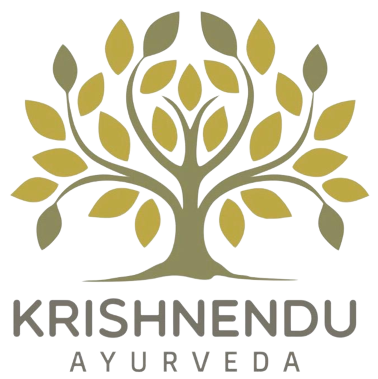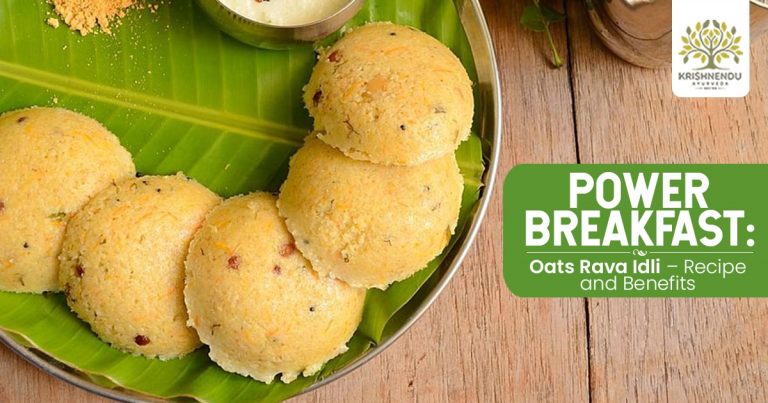The fresh looking landscape with heavy showers, lush greenery, dark clouds, raindrops and what not, everything around us looks picture perfect. But can we say the same about our skin? Well, humidity in the atmosphere casts a negative impact on our skin.
The imbalance of doshas in our body during monsoon season paves way to skin problems like acne, pimples, eczema, dermatitis and mainly, fungal infections. Therefore, the first step towards a holistic Ayurvedic approach to monsoon skin care is to identify the skin type or prakruti, which are Vata, Pitta or Kapha. Those with dry, thin, dehydrated, cool to touch and vulnerable skin that is prone to rashes during windy or dry weather falls under Vata category. Ones with skin that has breakouts, less tolerance to hot elements like weather or food, photosensitivity, more patches and moles are said to be under the category Pitta . And Kapha skin would be thick, greasy and would show better tolerance to sun. Apart from these three, one could also have a combination skin: Vata-Pitta (dry and sensitive), Kapha-Pitta (oily and sensitive) or Vata-Kapha (dry and oily in some areas).
A few changes in your daily skin care routine and lifestyle is all that is required for a fresh and glowing skin. Here are some of the key Ayurveda tips and remedies to take care of your skin during monsoon season:
- Balanced Diet
Incorporate a lot of fruits and green vegetables, warm and hydrating foods in your diet particularly nuts and their oils (almonds, walnuts, soy-bean oil, etc.). Have light food as Agni or the digestive fire in our body would be weak and indigestion could lead to various skin problems and infections. Include black pepper, ghee, amla, ginger and lemon in your meals. Avoid fried, spicy, cold, preserved food and acidic foods such as tomato, vinegar and citrus fruits. Replace your morning tea or coffee with herbal teas comprising of cardamom, tulsi, ginger, cinnamon, etc. Consume warm soups, stews, dal, curry, herbal teas and rice as part of your daily diet. Keep your skin hydrated by drinking at least 8 to 10 glasses of water every day to or include healthy juices like beetroot, cucumber or carrot juice.
- Oil massage
During monsoon season our skin pores open up due to the humidity and moisture content in the air. Thus, it makes the skin more receptive to Ayurvedic medications and oil massages. Herbal oil massages can combat chances of fungal and bacterial infections caused due to the moisture on skin. Mix neem oil and sesame oil together and gently massage your skin for 15 minutes. Other Ayurvedic oils like Pindathailam, Balaswagandhadi kuzhambu and Dhanwantharam kuzhambu can be used. Then, take a bath in lukewarm water. Follow this process at least once in every week.
- Go organic
Steer clear of alcohol-based skin cleansers or soaps as it makes your skin dry and causes irritation. Replace them with herbal substitutes like green gram powder instead of soap and for natural cleanser prepare a paste with two tablespoons of besan or gramflour, turmeric powder and water as required. Leave it on for 15 minutes and rinse well. Use natural ingredients for treating acne and pimples. Rosewater is apt for naturally refresh and moisturize your skin. Make sure that you use pumice stone to scrub your legs well. Dry it thoroughly, especially the area around your toes and massage with foot cream that has lemongrass or tea tree oil content.
- Stay dry
Don’t let your skin remain wet for a long time period as it could cause fungal infections and diseases. Keep your skin folds clean and dry as it could be a breeding ground for infections. Boil water with some Neem or Triphala leaves and cool it. Use this water to clean as it helps in fighting fungal infections.
Home Remedies:
- Wash your face two or three times a day to maintain the natural oil production from skin. Cleanse your face with natural ingredients like mixing green gram and channa powder in equal quantities and make a paste by adding enough water. Wash your face with this paste twice a day instead of your regular face wash. Aloe Vera and raw honey is also a good cleanser.
- Prepare a paste out of papaya, milk and honey and apply this mixture on your face. Leave it on for 15 minutes and rinse well.
- For a natural face pack, grind neem leaves with honey and apply it on your face and neck. Wash it off before it dries up on your skin.
- Apply honey and curd on your body and gently massage before shower. This is excellent as it hydrates your skin.
- Have a tablespoon or two of Aloe Vera gel on an empty stomach daily to purify blood. Applying its gel on your skin is good considering its anti-ageing, antimicrobial and anti-inflammatory properties.
- Applying rosewater and glycerin mixed together, is good for hydrating and refreshing your skin while keeping it soft and supple.
- Mix sandalwood, green lentil flour and turmeric and apply it as a face mask. This is also considered as an excellent exfoliating agent and takes off the dullness from your skin.





